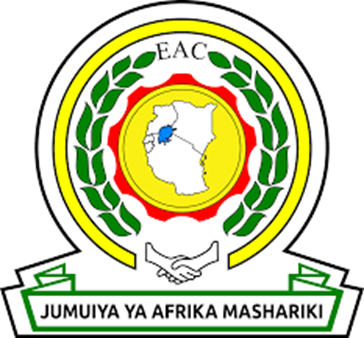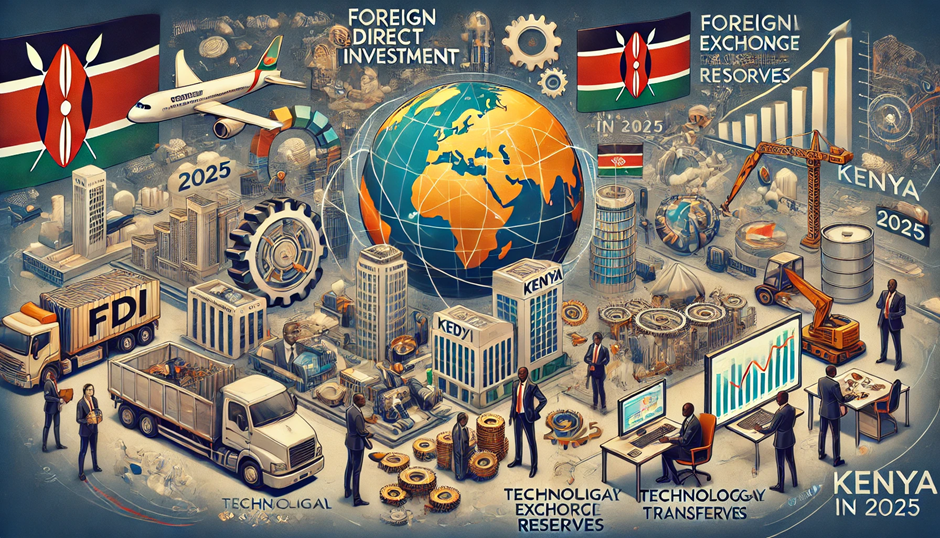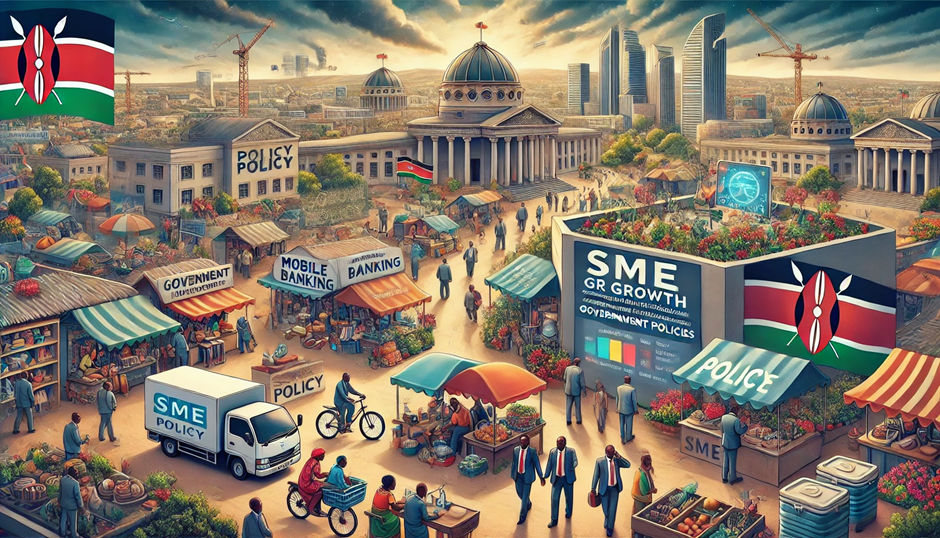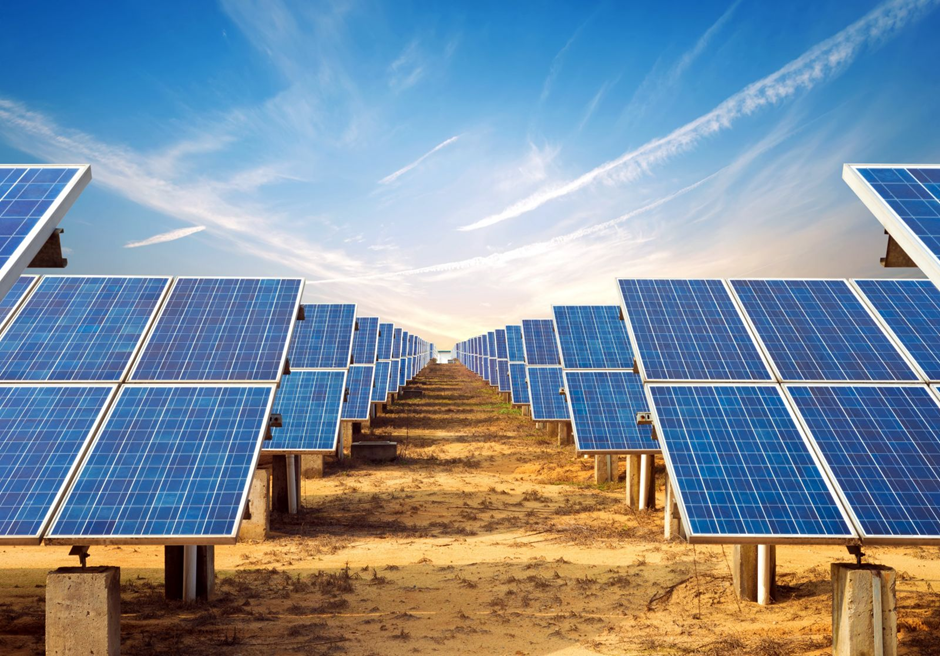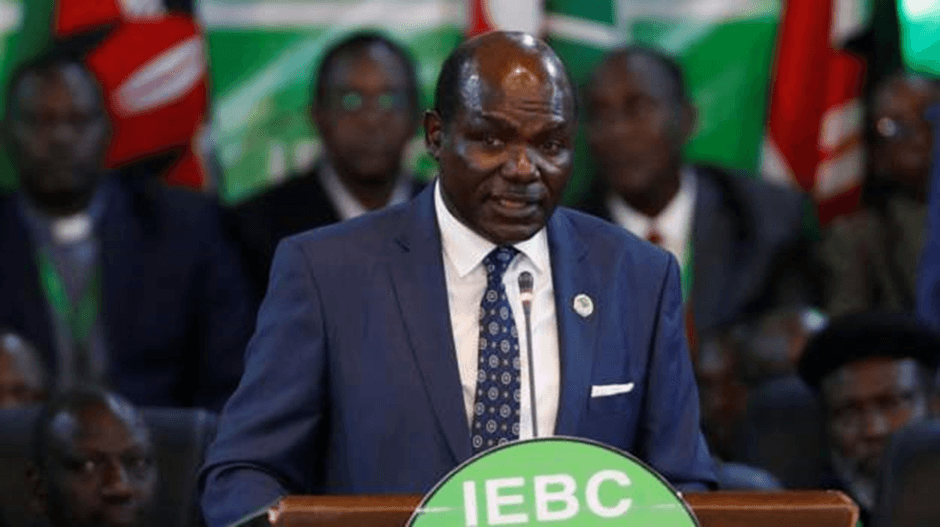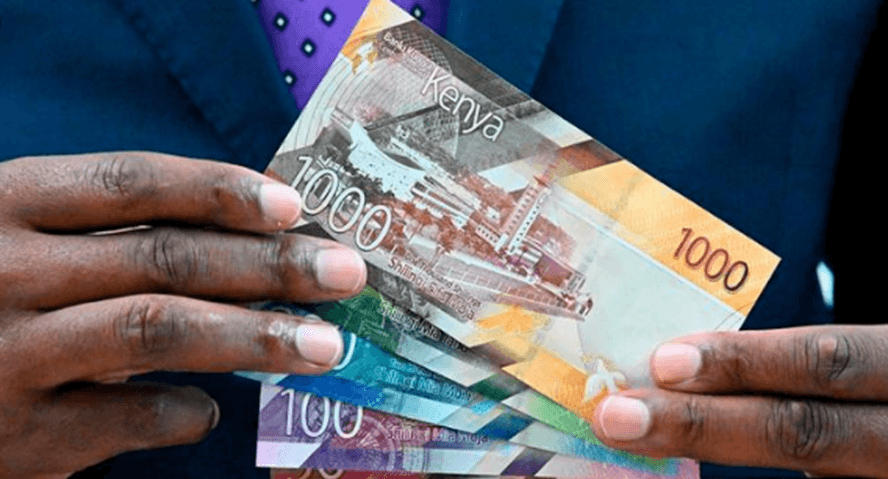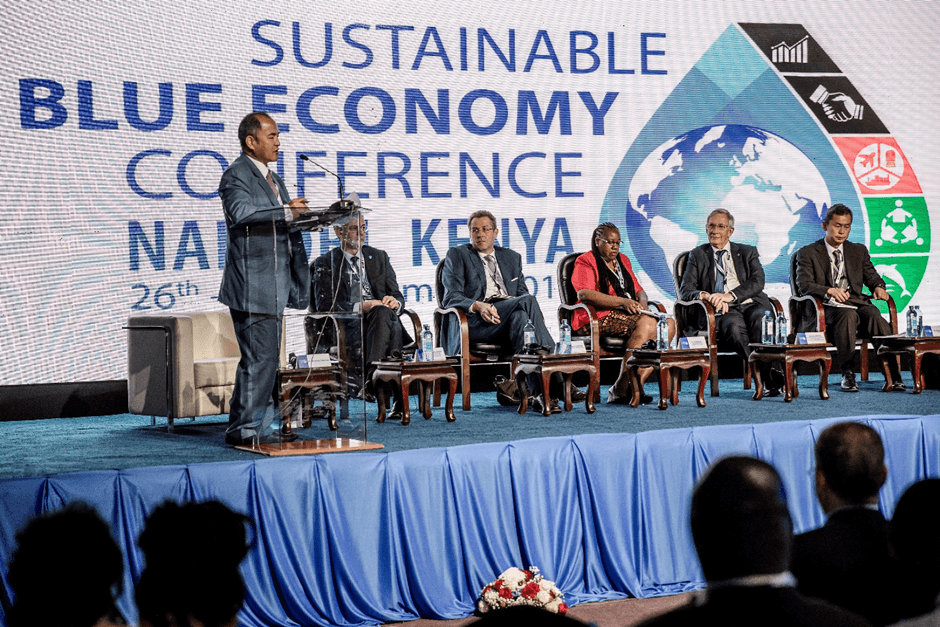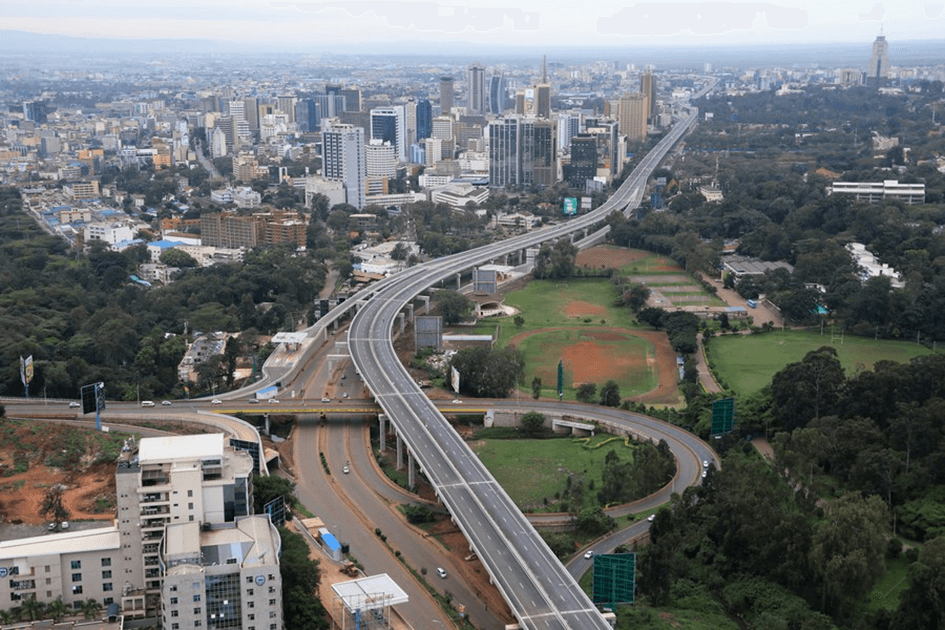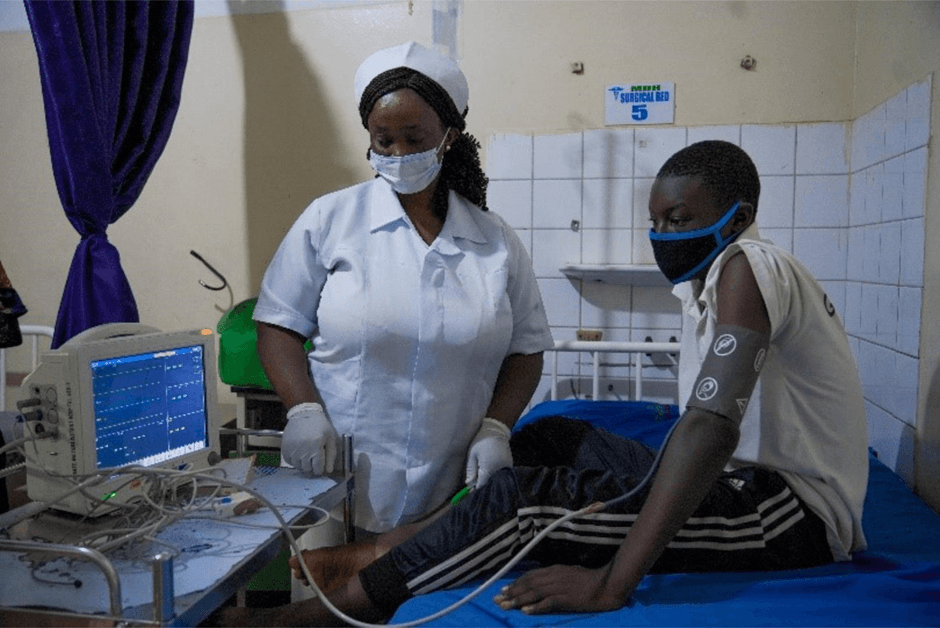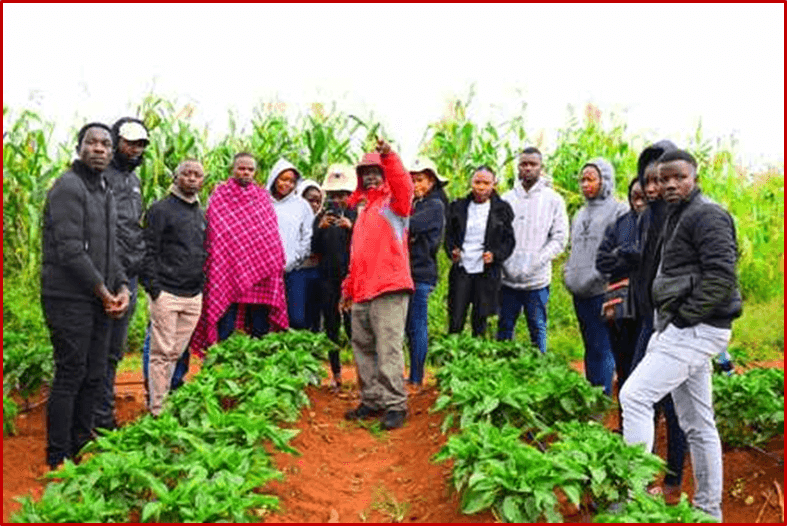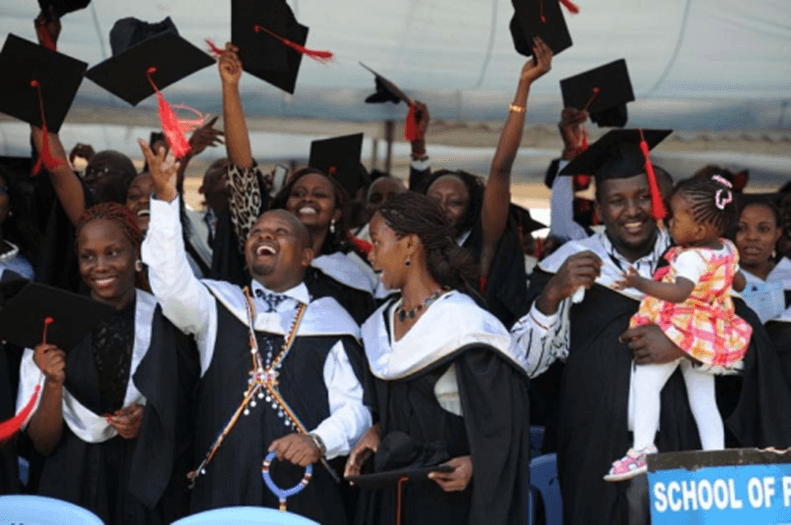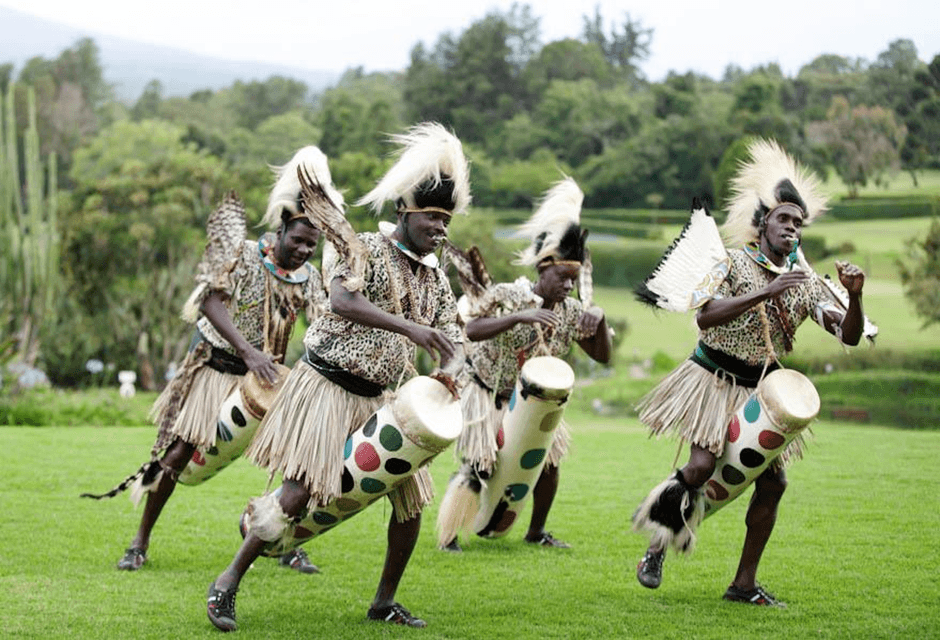Why More Kenyans Are Choosing Boxing & MMA Over Traditional Sports
In the bustling streets of Nairobi’s Eastlands, 19-year-old Brian Omondi traded his football boots for boxing gloves. Growing up in a neighbourhood where opportunities were scarce, Brian dreamed of becoming the next Kenyan football star. But after years of struggling to make it in local football leagues, he switched to boxing. Within two years, Brian won his first amateur bout and caught the attention of a local gym sponsor. Today, he trains full-time, with dreams of representing Kenya on the global stage.
Brian’s story is not unique. Across Kenya, a growing number of young athletes are turning away from traditional sports like football, rugby, and athletics, and embracing combat sports like boxing and mixed martial arts (MMA). This shift is reshaping Kenya’s sports landscape, driven by financial opportunities, global influence, and the promise of a better future.
Kenya’s Power Grid Expansion: The Challenges and Benefits
Kenya’s power grid serves as the critical foundation for the country’s economic development, connecting industries, households, and essential services to electricity. Despite commendable progress in expanding electricity access, particularly in rural areas, Kenya’s power infrastructure still faces several obstacles. The demand for electricity continues to grow as the population rises, urbanization accelerates, and new industries emerge. This growth demands a modernized, expanded, and more reliable power grid to meet the needs of a developing nation. The expansion of Kenya’s power grid is not only essential for improving the quality of life of its citizens but also for supporting sustainable economic growth, technological advancement, and the integration of renewable energy sources. This blog delves into the challenges and benefits of expanding Kenya’s power grid, while also drawing lessons from global case studies.
How Kenya Can Tap into the Blue Economy for Sustainable Growth
The Blue Economy, defined as the sustainable use of ocean resources for economic growth, improved livelihoods, and ecosystem health, presents a transformative opportunity for Kenya. With a coastline stretching over 1,420 kilometers and an Exclusive Economic Zone (EEZ) covering 230,000 square kilometers, Kenya is uniquely positioned to harness the potential of its marine and freshwater resources. This blog explores Kenya’s current involvement in the Blue Economy, key sectors, challenges, opportunities, and strategies for sustainable development, alongside global case studies for inspiration.
How Foreign Investments Are Shaping Kenya’s Infrastructure Projects
Kenya is experiencing a remarkable transformation in its infrastructure landscape. The country’s strategic position as a gateway to East Africa and its ambitious development agenda under Vision 2030 have made it a magnet for foreign investments. From state-of-the-art highways to advanced energy projects, foreign capital is playing a pivotal role in reshaping Kenya’s future. This blog explores the sectors attracting the most foreign funding, the key players involved, notable projects, challenges faced, and the long-term benefits of these investments.
Addressing Kenya’s Rising Diabetes Cases: Prevention and Treatment
Diabetes is a growing public health concern in Kenya, with the number of cases rising at an alarming rate. According to the International Diabetes Federation (IDF), approximately 2.5 million Kenyans were living with diabetes in 2021, and this number is projected to increase significantly by 2030. The disease is not only a personal health issue but also a national burden, straining the country’s healthcare system and economy.
Diabetes is a chronic condition characterized by high blood sugar levels due to the body’s inability to produce or effectively use insulin. It is broadly categorized into Type 1, Type 2, and gestational diabetes. Type 2 diabetes, which is largely preventable, accounts for the majority of cases in Kenya. The rise in diabetes cases is attributed to urbanization, sedentary lifestyles, and poor dietary habits. This blog explores the causes, prevention strategies, treatment options, and the impact of diabetes on Kenya’s healthcare system, offering actionable solutions to address this epidemic.
How to Ensure Food Security for Kenya’s Growing Population
Kenya, like many developing nations, is facing a critical challenge in securing sufficient food for its rapidly growing population. With over 55 million people and an annual population growth rate of about 2.3%, the country is struggling to meet the food demands of its citizens. The rise in population places enormous pressure on agricultural systems, natural resources, and food distribution networks, which, if not addressed, could lead to widespread food insecurity.
Currently, Kenya’s food security situation is precarious, as millions of people in both rural and urban areas suffer from hunger and malnutrition. According to the Kenya National Bureau of Statistics (KNBS), about 35% of the population experiences food insecurity, and the impact of climate change further exacerbates this issue. This blog delves into the factors affecting food security in Kenya and explores potential solutions to mitigate the challenges posed by a growing population.
The Role of Kenyan Universities in Developing Job-ready Graduates
The world of work is undergoing a seismic shift. Automation, artificial intelligence (AI), and digitalization are reshaping industries, rendering some jobs obsolete while creating entirely new ones. In Kenya, where youth unemployment remains a pressing challenge, the stakes are even higher. According to the Kenya National Bureau of Statistics (KNBS), the unemployment rate among young people aged 20–24 stands at a staggering 22.2%. At the same time, employers increasingly complain about a skills mismatch, with graduates lacking the competencies needed in today’s fast-evolving job market.
As the Fourth Industrial Revolution gains momentum, Kenyan universities must rethink their role in preparing students for the future. This blog explores the skills in demand, the current state of higher education in Kenya, and how universities can adapt to ensure graduates are not just employable but future-ready.
The Rise of 5G in Kenya: How It Will Transform Connectivity
The world stands on the brink of a connectivity revolution with the advent of 5G technology, a transformative force reshaping industries, economies, and everyday life. As the fifth generation of mobile networks, 5G delivers unparalleled speed, ultra-low latency, and the capacity to connect billions of devices simultaneously. Globally, pioneers like South Korea, the United States, and China have embraced 5G, unlocking its potential in sectors such as healthcare, manufacturing, and smart cities.
In Kenya, the transition to 5G marks a pivotal moment in the nation’s digital transformation. With its rapidly growing tech ecosystem and increasing internet penetration, Kenya is uniquely positioned to leverage 5G to boost economic growth, improve service delivery, and bridge the urban-rural digital divide. As global trends indicate, 5G is more than just faster internet—it is the foundation of a smarter, more connected future.
Behind the Lens: The Rise of Kenyan Photographers in Lifestyle and Art in 2025
The art of photography has evolved dramatically in Kenya over the past few decades, particularly in the realms of lifestyle and art photography. Today, Kenyan photographers are garnering international acclaim for their unique ability to capture the cultural, social, and natural beauty of the country through their lenses. In 2025, the rise of these photographers has not only redefined the narrative of Kenyan artistry but has also contributed to the broader global appreciation of African visual culture. From capturing urban life in Nairobi to documenting the untouched landscapes of Maasai Mara, Kenyan photographers are playing a critical role in shaping how the world views Africa through the lens of creativity.
Celebrating Kenyan Folklore: Its Role in Modern Storytelling in 2025
Kenyan folklore, rich in history and tradition, plays a pivotal role in shaping the cultural identity of its people. Passed down through generations, these stories have provided a lens through which Kenyans understand their world, their customs, and their values. In 2025, folklore continues to influence not only traditional forms of storytelling but also modern-day narratives in literature, film, and media. While society has rapidly modernized, the power of folklore remains relevant, and it is increasingly woven into contemporary storytelling across various platforms. This resurgence of interest in folklore showcases how traditional narratives can bridge generational gaps and provide meaning in the fast-paced digital age.

 The Future of Healthcare in Kenya: Innovations and Trends for 2025
The Future of Healthcare in Kenya: Innovations and Trends for 2025 The Future of Wellness in Kenya: Biohacking and Personalized Nutrition
The Future of Wellness in Kenya: Biohacking and Personalized Nutrition The Hidden Dangers of Ultra-Processed Foods: A Call for Healthier Choices
The Hidden Dangers of Ultra-Processed Foods: A Call for Healthier Choices The Link Between Workplace Stress and Productivity: A 2025 Perspective
The Link Between Workplace Stress and Productivity: A 2025 Perspective How Technology Is Enhancing Maternity and Infant Healthcare in Kenya
How Technology Is Enhancing Maternity and Infant Healthcare in Kenya How AI and Telemedicine Are Transforming Healthcare Access in Kenya
How AI and Telemedicine Are Transforming Healthcare Access in Kenya Fitness Tech in Kenya: How Wearables Are Encouraging an Active Lifestyle
Fitness Tech in Kenya: How Wearables Are Encouraging an Active Lifestyle Digital Detox: How Reducing Screen Time Can Improve Mental Health in Kenya
Digital Detox: How Reducing Screen Time Can Improve Mental Health in Kenya Cultural Beliefs and Healthcare Decisions in Kenya
Cultural Beliefs and Healthcare Decisions in Kenya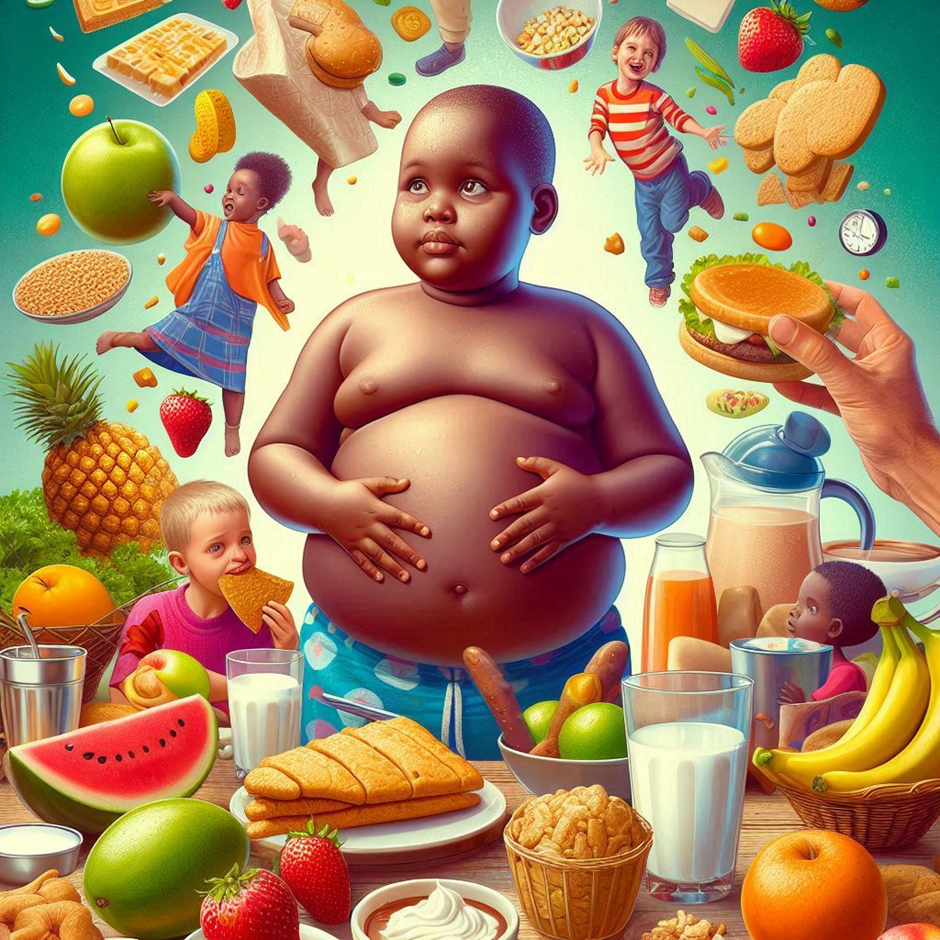 Childhood Obesity in Kenya: Causes, Prevention, and Solutions
Childhood Obesity in Kenya: Causes, Prevention, and Solutions

